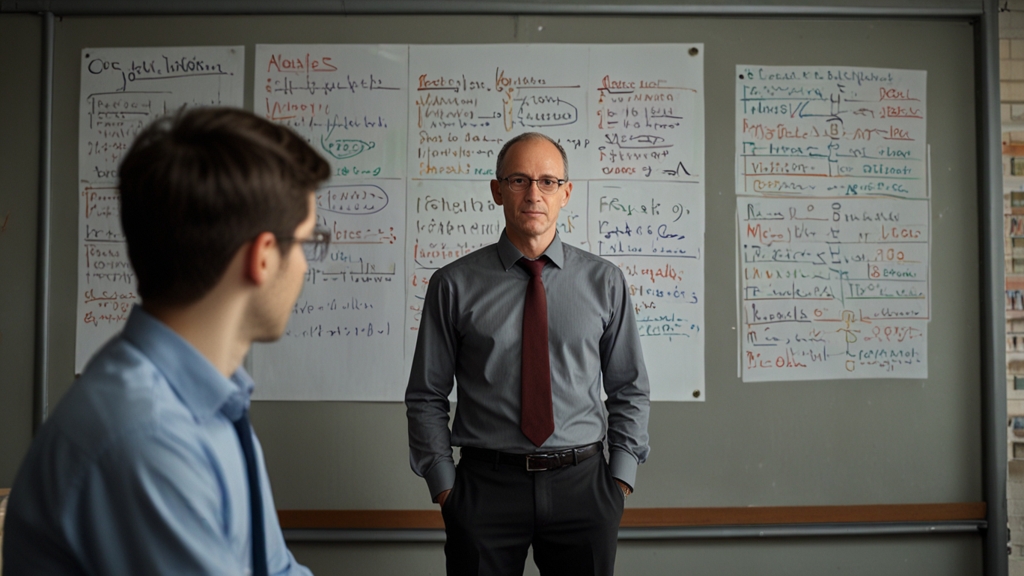Astounding Cold War Facts That Will Leave You Speechless
The Cold War, a period of geopolitical tension between the Soviet Union and the United States and their respective allies, lasted roughly from 1947 to 1991. The era was marked by numerous perplexing and astonishing events, often shrouded in secrecy and intrigue. Here are some remarkable Cold War facts that will leave you speechless.
The Berlin Airlift
One of the earliest major confrontations of the Cold War was the Berlin Blockade of 1948-1949. In an attempt to force the Allied powers out of Berlin, the Soviet Union blocked all ground routes into the city. In response, the United States and its allies initiated the Berlin Airlift, a massive logistical operation to supply West Berlin with food, fuel, and other essentials.
Over 277,000 flights were made during the airlift, delivering more than 2.3 million tons of supplies to the besieged city. This extraordinary effort lasted for 15 months and symbolized the Allied commitment to defending democracy in Europe.
The Kitchen Debate
In 1959, at the height of Cold War tensions, an extraordinary encounter between U.S. Vice President Richard Nixon and Soviet Premier Nikita Khrushchev took place in a model American kitchen at an exhibition in Moscow. This impromptu exchange, known as the Kitchen Debate, showcased the ideological contest between capitalism and communism, with both leaders arguing over the merits of their respective political systems.
Despite the heated rhetoric, the debate also served as a rare, somewhat informal moment of dialogue between the two superpowers, highlighting the stark differences and mutual suspicions that characterized the Cold War era.
The Space Race
The Cold War wasn't just a terrestrial conflict; it extended into outer space as well. The Space Race, a competition between the Soviet Union and the United States to achieve significant milestones in space exploration, was one of the most visible aspects of Cold War rivalry.
The Soviets scored an early triumph with the launch of Sputnik, the world's first artificial satellite, in 1957. The United States responded with its own series of successes, culminating in NASA's Apollo 11 mission, which landed the first humans on the moon in 1969.
The Space Race not only demonstrated technological prowess but also symbolized the broader ideological and strategic competition between the superpowers.
Mutually Assured Destruction (MAD)
The concept of Mutually Assured Destruction, or MAD, was a cornerstone of Cold War military strategy. Both the United States and the Soviet Union maintained large arsenals of nuclear weapons, with the understanding that any nuclear attack by either side would result in the total annihilation of both.
This precarious balance of terror led to numerous close calls and heightened global anxiety. However, it also acted as a deterrent, preventing the Cold War from escalating into a full-scale nuclear conflict.
The Cuban Missile Crisis
Perhaps the most harrowing episode of the Cold War was the Cuban Missile Crisis of October 1962. The discovery of Soviet nuclear missiles on Cuban soil, just 90 miles from the U.S. coastline, brought the world to the brink of nuclear war.
For 13 tense days, U.S. President John F. Kennedy and Soviet Premier Nikita Khrushchev engaged in a high-stakes game of brinkmanship. The crisis was ultimately resolved through intense diplomatic negotiations, with the Soviets agreeing to remove the missiles in exchange for a U.S. pledge not to invade Cuba and the secret removal of American missiles from Turkey.
Conclusion
The Cold War was a period of intense rivalry, filled with moments of both profound danger and remarkable achievement. From the Berlin Airlift to the Cuban Missile Crisis, these astounding facts illustrate the complexity and drama of this pivotal era in 20th-century history. The legacy of the Cold War continues to influence global politics and international relations to this day, reminding us of the fragile balance between conflict and cooperation.








